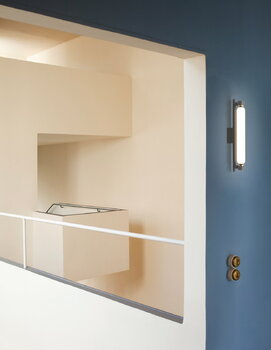Nemo Lightings's La Roche wall lamp was designed by Le Corbusier, originally created by the legendary French architect for the Villa La Roche building in Paris. The luminaire consists of a matt black metal body and an oblong glass dome that mimics the shape of the halogen bulb that was originally part of the design – the lamp now comes with an integrated LED unit as its light source. The luminaire is dimmable and can be placed on the wall both vertically and horizontally.
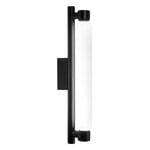
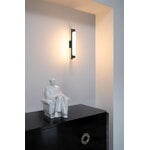

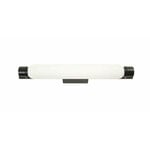
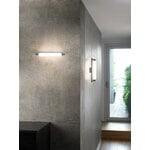
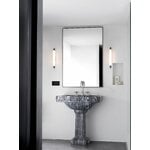
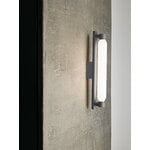

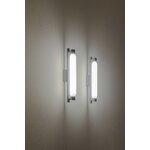
La Roche wall lamp, black
Nemo Lighting
Description
Nemo Lightings's La Roche wall lamp was designed by Le Corbusier, originally created by the legendary French architect for the Villa La Roche building in Paris. The luminaire consists of a matt black metal body and an oblong glass dome that mimics the shape of the halogen bulb that was originally part of the design – the lamp now comes with an integrated LED unit as its light source. The luminaire is dimmable and can be placed on the wall both vertically and horizontally.
Product details (16)
- Material
- Aluminum
- Colour
- Matt black, clear
- Width
- 1.77 in (4.5 cm)
- Depth
- 2.76 in (7 cm)
- Height
- 14.57 in (37 cm)
- Light source
- Integrated 12.5W LED board
- Luminous flux
- 925 lm
- Colour temperature
- 2,700 K
- IP rating
- 20
- Protection class
- II
- Voltage
- 230 V
- Certifications and labels
- CE, EAC
- Nominal frequency
- 50–60 Hz
- Dimmable
- Yes
- Weight
- 4.41 lbs (2 kg)
- Hardwired wall mount
- Yes
- Product ID
Designer
Charles-Édouard Jeanneret-Gris (1887-1965) was a Swiss architect, artist, designer, urban planner and writer, best known for his achievements in modern architecture. He adopted the name Le Corbusier, a pseudonym of his grandmother’s last name Lecorbésier, in 1920 in the first issue of the L’Esprit Nouveau journal.
Le Corbusier started his studies at the La Chaux-de-Fonds art school at the age of thirteen and soon shifted from watchmaking to painting and architecture. He designed his first house in 1905, made several study trips to Europe and worked for a number of architects such as Auguste Perret and Peter Behrens. During World War I Le Corbusier taught in his alma mater and moved later to Paris.
His most important architectural pieces include Villa Savoye in Poissy (1929-1931), Unité d’Habitation in Marseille (1947-1952), the city of Chandigarh in India (1954) and Notre Dame du Haut in Ronchamp (1955). In furniture design Le Corbusier’s LC4 chaise longue and LC2 armchair and sofa are true icons.
Would you like to read more about Le Corbusier and his work? Discover our books:
Le Corbusier, Le Corbusier Le Grand, Guido Guidi: Le Corbusier, 5 Architectures, The Design Book, Atlas of Mid-Century Modern Houses






